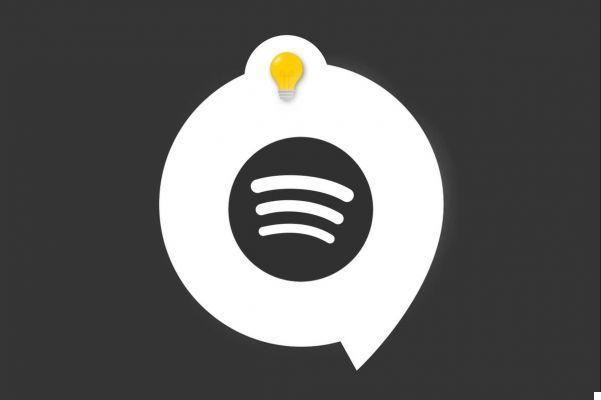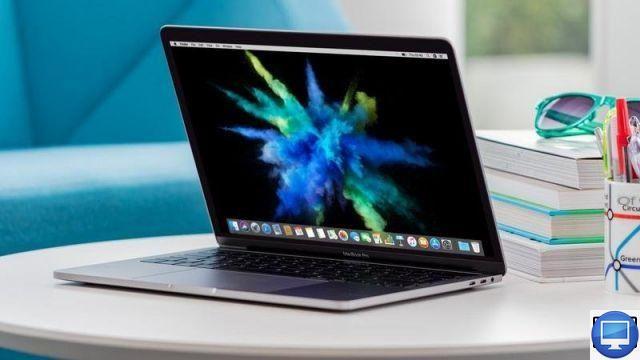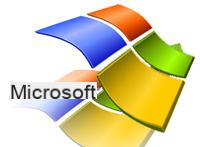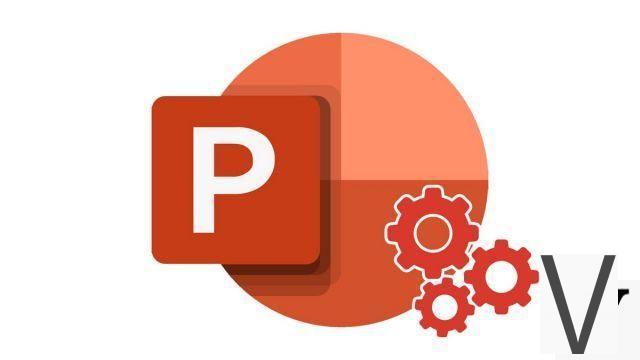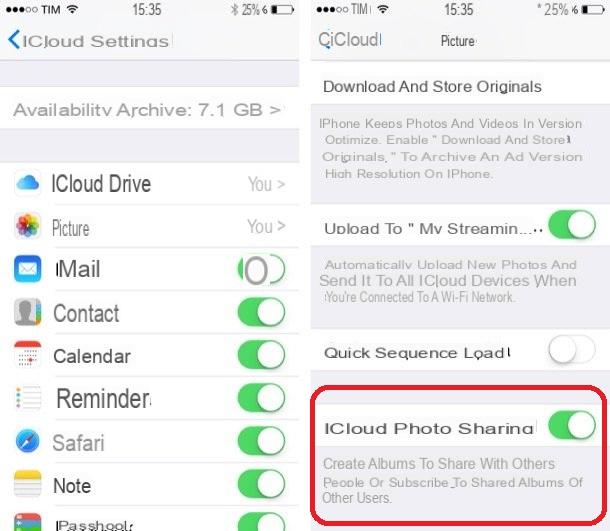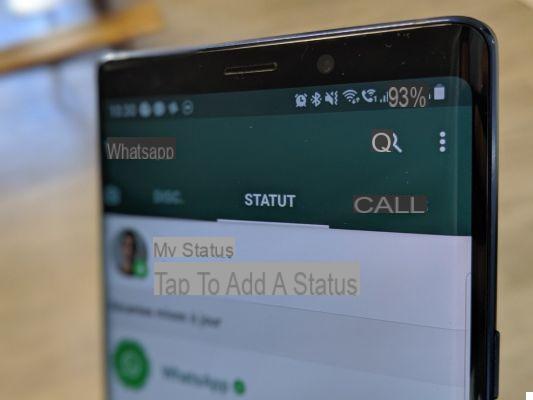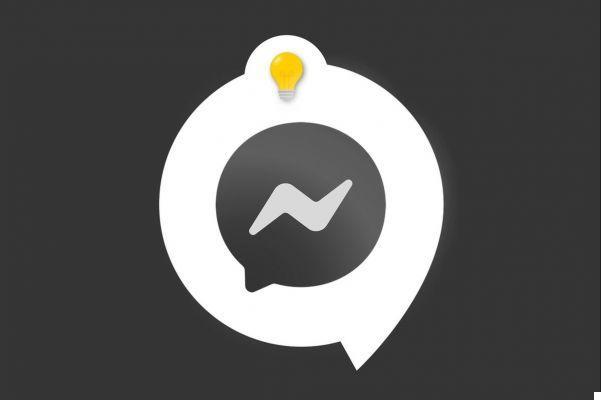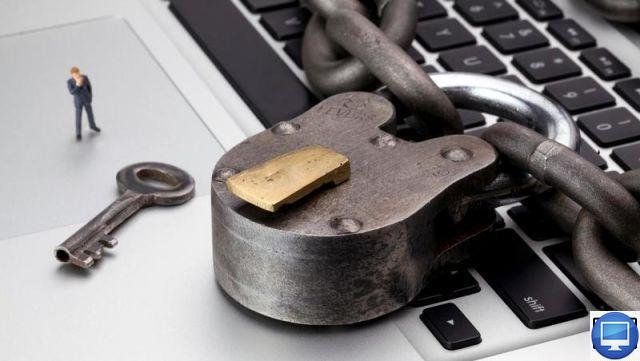
Summary
- > definition
- > Remove malware for free
- > Ransomware, Ransomware and Ransomware
- > Protect your Mac
- > Mac & Antivirus
We can no longer formally affirm that there are no viruses on the Mac, but these remain exceptional.
Generally, cybercriminals are less inclined to develop programs that target Macs for two very simple reasons: they are limited in number and their operating system is very secure. In addition, Apple is extremely vigilant about the security of its products and regularly releases updates to protect them against possible attacks.
However, in 2016, the apple brand had to deal with its first ransomware: KeRanger. The latter took advantage of a flaw in the system and went through the BitTorrent platform to infect Macs.
Recommended article: The best antiviruses for Mac.
Malicious software: definition
Malware is a program (virus, spyware, Trojan horse, ransomware, etc.) whose purpose is to divert your private information or take possession of your computer for criminal purposes.
Malware is often disguised as official programs for you to install on your computer. They can appear in advertisements, emails... Once installed on your computer, they gather information about you and, in most cases, try to steal your bank details.
The height of cynicism, some malware pretends to be antivirus!
So, never download MacDefender, MacProtector or MacSecurity.
They work like this: a hacker takes control of a legal site and directs you to a fake website. There, you are asked to enter your Apple ID to install an antivirus. Once on your computer, the program pretends to scan it, to find a virus, then asks you for your bank details to delete it.
Note that MacKeeper is another software that has been flagged as malicious. It's not a virus as such, but the business practices of its makers are really not advisable. They have, in fact, been condemned for having intentionally reported false security breaches on computers. The goal ? Trick their customers into buying the paid version of the antivirus at $39.95 (€35,62).
Remove malware for free
Important point: you should never pay to remove a virus from your computer. Never enter personal information, especially your bank details, into a site or program that promises to fix your computer. The same is true over the phone. If someone calls and says they know your Mac is infected, hang up.
If while browsing the web you come across a site telling you that your computer is infected, perform the following steps:
- Quit Safari using the shortcut Command + Q or by going to Safari → Quit Safari.
If that doesn't work, click Apple at the top left then on Force quit. - Go to the folder Downloading and place the unknown documents in your Basket.
If you think you have accidentally downloaded malware, then perform the following steps:
- If the app you suspect is open, write down its name and close it.
- Dance Finder, find the folder Utilities, or use the shortcut Cmd+Shift+U.
- Click on Activity Monitor.
- In the menu bar at the top of the screen, go to Presentation → All operations.
- Dance Activity monitor, type the name of the suspicious app in the search bar.
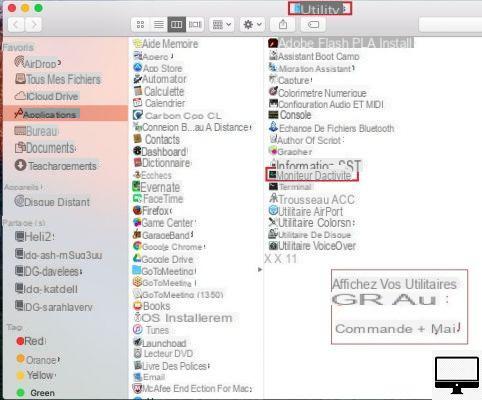
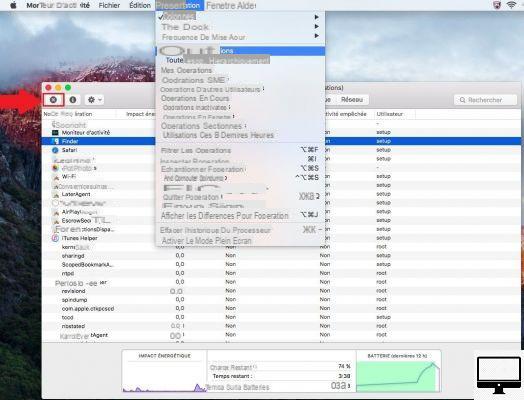
Also check that MacDefender, Mac Security or MacProtector is not installed on your computer.
- If one of these programs appears, select it and click with leave.
- Open your file Applicationsand locate the suspicious program.
- Drag its icon to your Trash and empty it.
Do not hesitate to consult Apple Support, and if in doubt, make an appointment at an Apple Store.
Ransomware, ransomware and ransomware
Ransomware, ransomware and ransomware are synonyms for the same problem: malicious software whose goal is to extract money from you.
Ransomware encrypts your computer's data, and in order to regain use of it, it asks you to pay a ransom. Note that there is no guarantee that your computer will be unlocked when you pay.
In the case of KeRanger in 2016, the demanded ransom was $400 to be paid in Bitcoins.
Phishing, phishing and phishing
Compared to PCs, Macs are particularly well protected against viruses. The risk lies above all in human error.
Thus, phishing, also called phishing and phishing, is one of the main causes of online piracy. This involves tricking someone by e-mail into revealing personal information (bank details, access codes to online services, etc.).
Phishing emails can be particularly convincing (official logos, names of people who work in the company, etc.), so you have to be very vigilant.
Note that the phishing can be transmitted to you by a contact, without their knowledge. So, before downloading an attachment or clicking on an unknown link, make sure that it really was sent by someone you know. If it is an official body (taxes, CAF, etc.), do not hesitate to call them if you have any doubts.
Protect your Mac
To protect your macOS from malware, make sure it's updated and allows verified apps to be downloaded.
Update your Mac
- See you on the Apple → About This Mac.
- Click on Software update → Update profile.
To enable automatic downloading, go through the same steps as before, then:
- Go to the Apple → Preferences System
- Click on Software update → Advanced...
- Under Automatically :, check all the boxes.
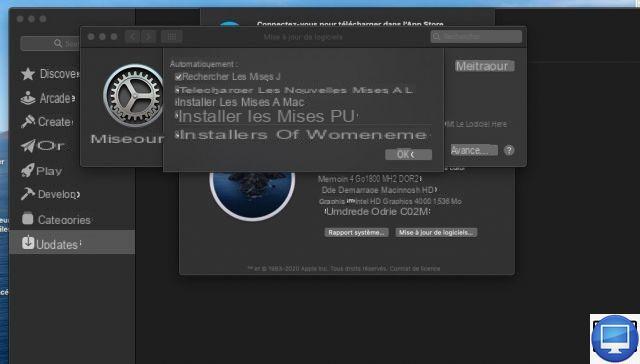
Allow verified apps
- See you on the Apple → Preferences du système.
- Choose Security and confidentiality.
- In the tab General, sous Allow apps downloaded from :, select App Store and identified developers.
Mac & Antivirus
Opinions differ in the Apple community: some are for antivirus, others are not.
Macs are commonly considered more secure than PCs, and with good reason. But as we have seen, they are not impervious to all malware.
If you want to scan your Mac for suspicious programs, you can use the trial version of ClamXav.
Once downloaded, open ClamXav and click the Start Scan button. Note that the process takes more or less time depending on the number of files stored on your computer.




